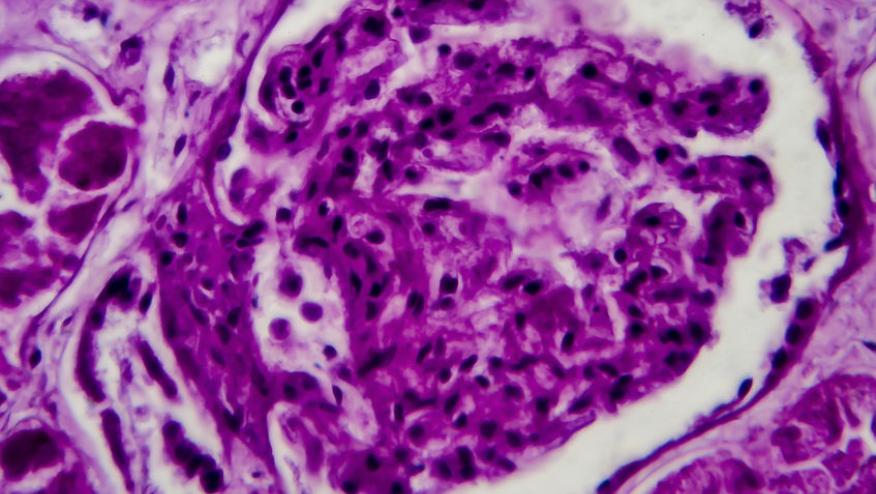Predicting CKD Outcomes in Lupus Nephritis Save

An observational cohort study suggests that proteinuria levels in lupus nephritis (LN) patients did not predict their histologic class.
A multicentre observational study of patients with biopsy-proven LN; either proliferative (PLN) or membranous (MLN) lupus nephritis were compared regarding clinical and laboratory presentation and long-term outcomes. The primary outcome was progression to chronic kidney disease (CKD).
A total of 260 LN patients were included, with a median follow-up of 8 years.
MLN patients had significantly lower serum creatinine (0.70 mg/dl vs 0.80, p= 0.003) than PLN at presentation..
Overall, proteinuria levels did not differ between groups (p= 0.641). Moreover, proteinuria at diagnosis or at one year did not predict long term CKD progression. Nonetheless, lower proteinuria at diagnosis was more likely to achieve a complete renal response at one year.
Levels of complement were reduced in PLN but nearly normal in MLN patients, and there were fewer patients with positive anti-dsDNA antibodies in the MLN group (p< 0.001).
Estimated glomerular filtration rate (eGFR) ≤75 mL/min/1.73 m2 at one year was the strongest predictor of progression to CKD (HR 23 [95% CI 8–62], p< 0.001).
Other predictors of CKD included the use of azathioprine , older age at diagnosis and male sex.










If you are a health practitioner, you may Login/Register to comment.
Due to the nature of these comment forums, only health practitioners are allowed to comment at this time.